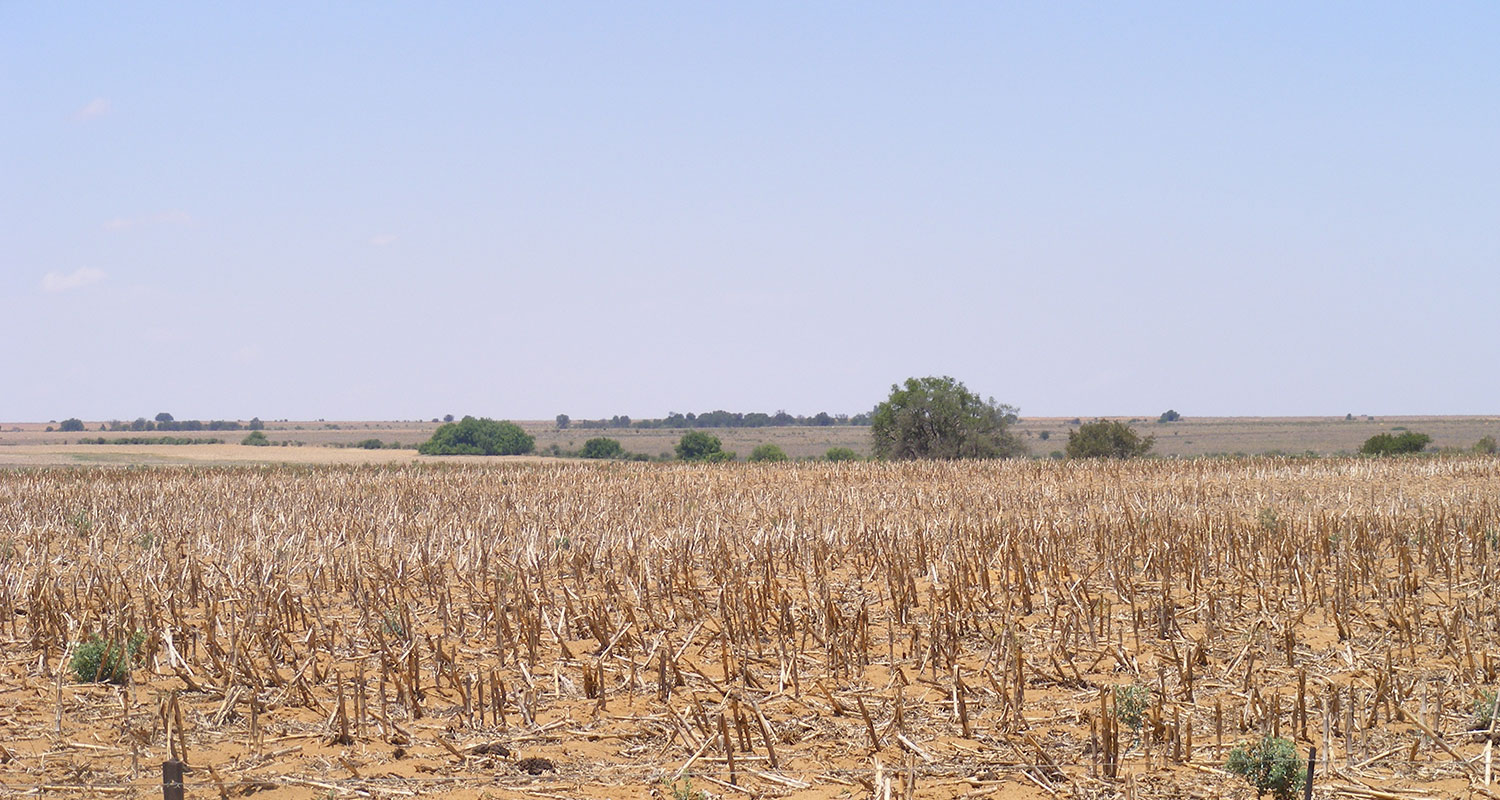
Photo: FW Archive
This was according to Dr Mmatlou Kalaba from the Bureau for Food and Agricultural Policy (BFAP).
He was a speaker at the launch of the bureau’s 2016 baseline outlook for agricultural production, consumption, prices and trade in South Africa for the period 2016 to 2025.
According to the report, South Africa’s agricultural sector had performed well over the past decade, expanding more than 15% in real terms. However, the drought caused expansion to decline in the past two seasons.
In the next decade farmers will have to achieve profitability through productivity improvements and adapt to an environment of weaker economic growth and lower commodity prices, the report stated.
The domestic maize crop is expected to decline by almost 30% from a below average 2015 harvest. This means that imports will exceed three million tons in 2016/2017. South Africa could return to a net exporting position in 2017 if the country experiences stable weather conditions.
The area planted to white maize will decline as producers change to yellow maize and oilseed production instead.
“Our projection is that by 2021, South Africa will produce more yellow maize than white maize due to the demand for animal feed,” said Prof Ferdi Meyer, director of the BFAP.
Meyer attributed the decline in white maize to stagnant demand and higher yields which reduced the need for more hectares under production. “Without the effects of the drought, South Africa’s increase in average yields was 4% per annum which is very high,” he said.
Kalaba said that poultry and beef products were the leading contributors to agricultural gross domestic product, but these sectors were also struggling to achieve growth. Local meat consumption expanded due to growing income levels, urbanisation and increasing dietary diversity.
Poultry remains the most affordable source of protein, but consumption slowed considerably. Pork is the only meat type that experienced accelerated consumption growth in the past five years.









